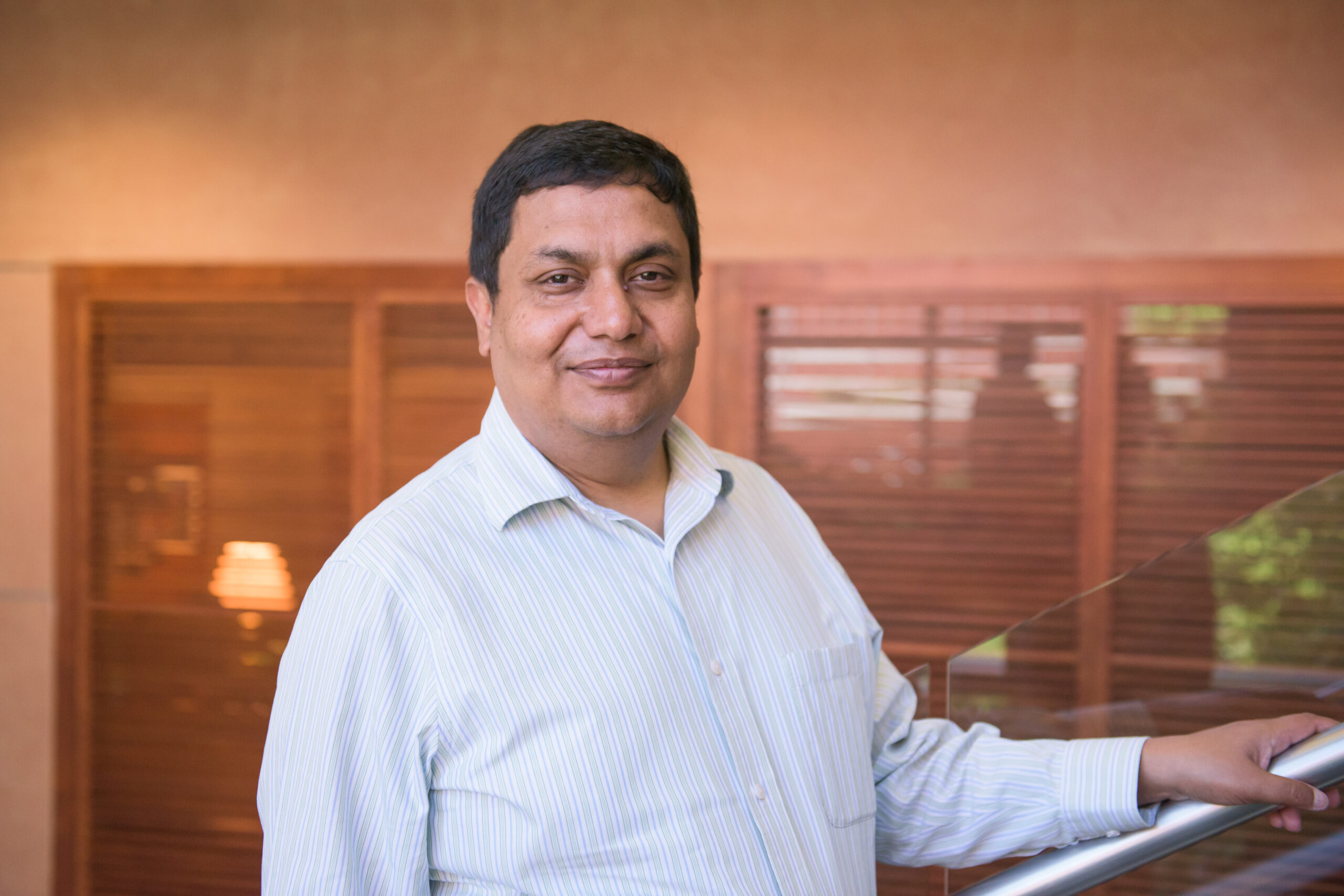In an industry known for changing direction without warning, a UMBC professor has drawn praise for predicting the movements of social networks a decade ago. A paper written in 2008 by Anupam Joshi, professor and chair of computer science and electrical engineering at UMBC and one of the authors at the IBM Research Lab in India, has received the “Test of Time Award” from the Extending Database Technology Association.
Each year the Association selects a paper written 10 years prior that still applies to the industry. The paper, “Social Ties and their Relevance to Churn in Mobile Telecom Networks,” examines the role of social ties, relationships, and groups in influencing how people use mobile networks and select providers. The authors discussed the idea that people who use certain mobile providers are more likely to switch to a different mobile provider if they have friends who have already changed providers, which the authors call churning.
“The research we did over a decade ago touched upon a lot of issues that are still relevant. We were amongst the first to analyze the ‘social networks’ formed by people when they call each other and infer what this tells us about people. Our target then was to prevent customer churn (i.e. a customer changing from a prepaid plan of Verizon to T-Mobile),” explains Joshi.
The authors analyzed data to determine whether people with friends or acquaintances who churned from one service provider to another were more likely to switch providers themselves, and explored the structure of cellular networks, which helps explain how relationships can lead some customers to churn.
The research outcomes can be applied to topics from crime fighting to business and marketing and can be applied to social media networks that are created by popular platforms, including Facebook and Twitter. “As long as people connect to each other by electronic means and form ‘networks’, and these networks
tell us something about their behavior, I expect our techniques to remain valid,” Joshi says.
— Megan Hanks
Tags: Spring 2018

